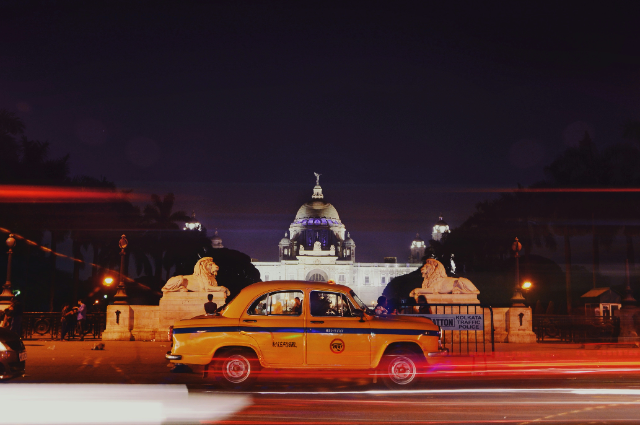
Photo by Arindam Saha on Unsplash
Growing up in Kolkata, I have always been surrounded by a sense of resistance—whether in heated political debates at tea stalls, student-led protests in universities, or movements against injustice. Over the last 28 years, I’ve witnessed my city uphold its legacy of rebellion, proving that the fire ignited centuries ago still burns strong. Kolkata has always been a city that questions authority, and looking back at its history, I see striking similarities between the past and present.
The Spirit of Resistance: Yesterday and Today
Economic Struggles: Then and Now
History tells us that Bengal suffered immensely under British economic exploitation. The Swadeshi Movement (1905) was a response to the Partition of Bengal, where people boycotted British goods to protect local industries. Fast forward to the 2000s, and I saw something eerily similar in the Singur and Nandigram movements, where farmers protested against land acquisition for industrial projects. Just like in the Swadeshi era, ordinary people stood up to powerful forces, refusing to be exploited.
Even today, workers strike against unfair wages, small businesses fight against corporate monopolies, and protests erupt over economic policies affecting the common people. Kolkata’s resistance to economic oppression hasn’t faded—it has simply evolved.
Student Rebellions: From Freedom Fighters to Modern Protesters
When I was a child, I often heard stories of revolutionaries like Aurobindo Ghosh, Bagha Jatin, and Surya Sen, who once roamed Kolkata’s streets, plotting against British rule. These were young men, not much older than me, who believed in action over words.
Today, students and youth still lead Kolkata’s resistance. I saw this during the anti-CAA/NRC protests (2019-2020), where thousands took to the streets to challenge laws they felt were unjust. I have witnessed university students fighting against fee hikes, education policies, and political interference. Just like their predecessors, today’s young rebels refuse to stay silent in the face of injustice.
Words as Weapons: Journalism and Literature Then and Now
Kolkata has always believed in the power of words. During British rule, newspapers like Jugantar and Bengalee were banned for publishing revolutionary content. Writers like Rabindranath Tagore and Bankim Chandra Chattopadhyay used their literature to awaken nationalism.
I see the same battle happening today. Independent journalists, bloggers, and writers in Kolkata continue to challenge political narratives. With social media, the battlefield has expanded, but so has the risk—just like in colonial times, dissenting voices today often face suppression, legal threats, or social backlash.
From the Naxalite Era to Modern Political Clashes
I wasn’t around during the Naxalite movement of the 1960s-70s, but growing up, I heard stories of how young revolutionaries clashed with the state, leading to brutal police crackdowns. While the armed Naxalite struggle has faded from Kolkata, I see similar tensions playing out today—only in different forms.
Political clashes are still a part of daily life. Every election season, streets turn into battlegrounds for rival parties. Police crackdowns on student protests are still common. While the ideologies may have shifted, the essence of the struggle remains unchanged. Kolkata has never been a politically neutral city—it thrives on dissent.
Street Protests: The Heartbeat of Kolkata
One thing that has never changed in my lifetime is Kolkata’s love for protests. In 1942, the city erupted in the Quit India Movement, demanding British withdrawal. Decades later, I saw similar energy during the 2012 anti-rape protests, the anti-CAA movement, and strikes by workers and teachers.
Whether it’s political rallies at Esplanade, student marches in College Street, or silent candlelight vigils, Kolkata’s streets remain a space for resistance. It’s not just about political protests—it's about standing up for what’s right, something this city has always done.
A City That Refuses to Surrender
Over the past 28 years, I’ve seen my city carry forward its legacy of rebellion in new ways. From economic struggles to student movements, from revolutionary newspapers to modern-day journalism, from Naxalite clashes to present-day political unrest—Kolkata hasn’t changed, only its battles have.
History doesn’t just repeat itself here; it continues in new forms. As long as there is oppression, corruption, and injustice, Kolkata will always rise. It has never been a city that bows—it has always been a city that fights.
